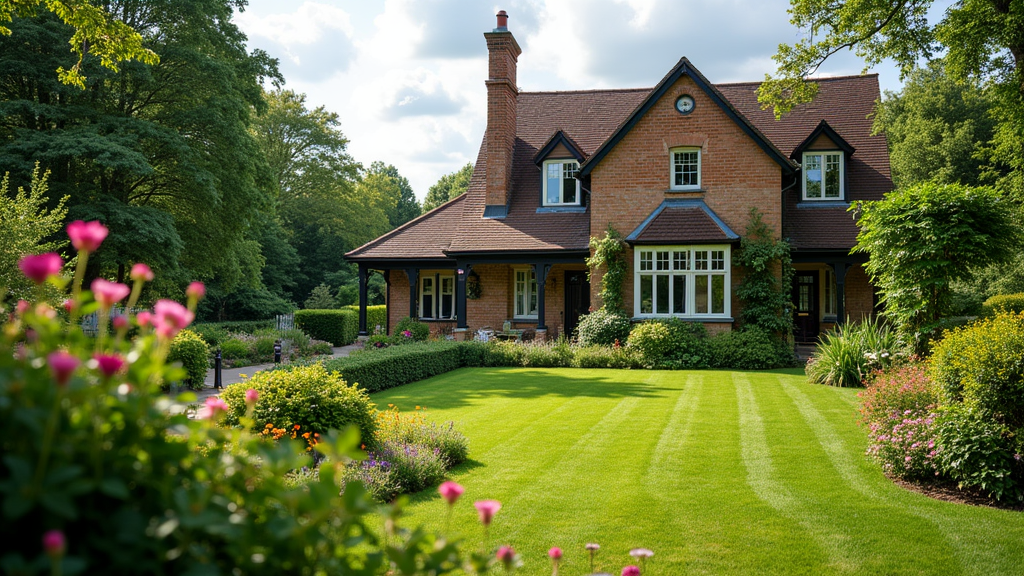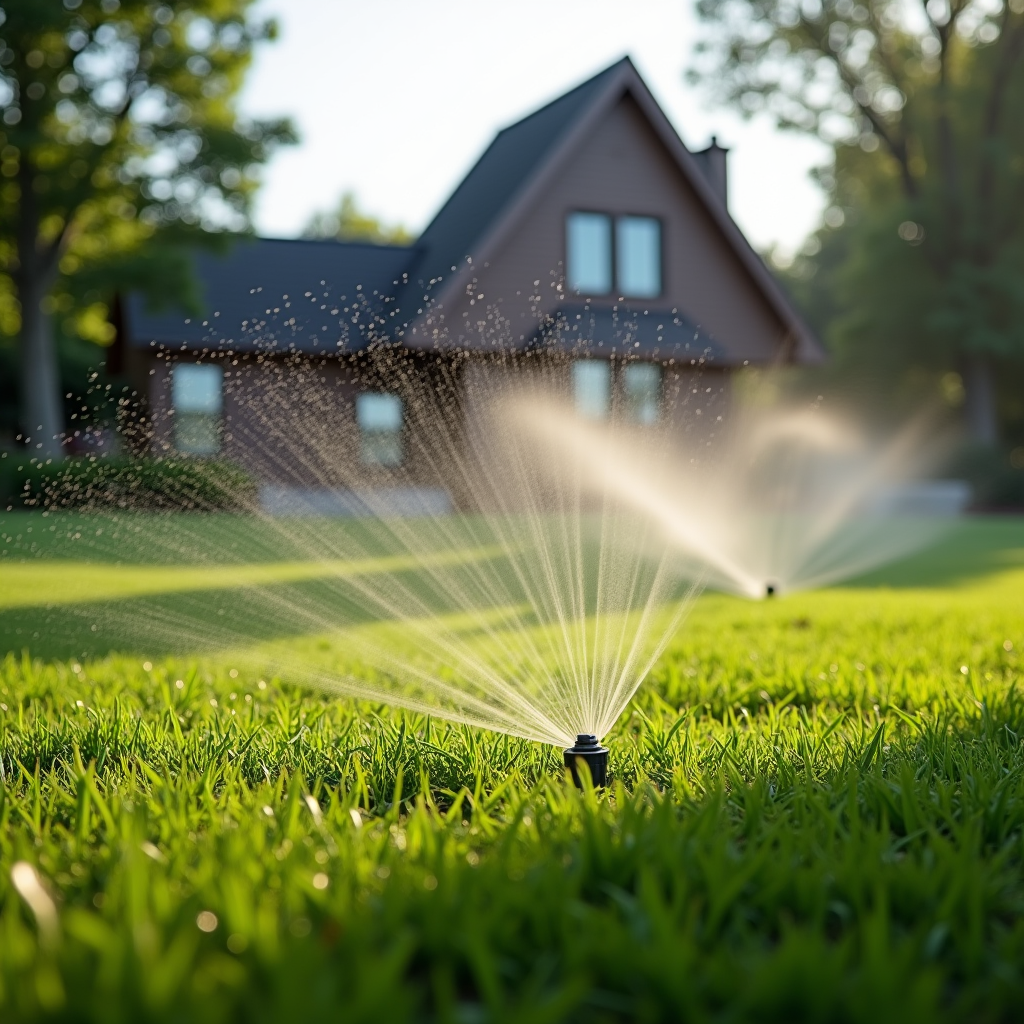Introduction to Greensboro Landscaping
Landscaping is not just about aesthetics; it’s about creating a vibrant ecosystem that brings joy and tranquility into your life. In Greensboro, where diverse flora thrives due to favorable climatic conditions, maintaining a beautiful landscape requires knowledge, skill, and a bit of love. Whether you are a seasoned gardener or a newbie exploring the green thumb path, understanding the best practices for pruning and maintaining your Greensboro landscape will set you on the right track.
Pruning is an essential aspect of plant care that promotes healthy growth, enhances appearance, and prevents diseases. But how do you know when and how to prune? Moreover, what maintenance practices should be integrated into your landscape routine? Let’s delve deep into the art of pruning and maintenance to ensure your greenspaces flourish beautifully.
Understanding the Importance of Pruning in Landscaping
What is Pruning?
Pruning involves selectively removing parts of plants—such as branches, buds, or roots—to improve their health or facilitate growth. It’s a practice that dates back thousands of years and is crucial for any successful landscaping endeavor in Greensboro.
The Benefits of Pruning
- Promotes Healthy Growth: Regular pruning encourages plants to grow stronger by removing dead or diseased branches. Enhances Aesthetic Appeal: Well-trimmed plants not only look better but also contribute positively to the overall visual harmony of your landscape. Encourages Flowering and Fruit Production: Many plants bloom better when pruned correctly. Control Over Plant Size: Pruning helps maintain desired size and shape, preventing overgrowth that can lead to chaos in your garden.
Types of Pruning Techniques
- Thinning: Removing selected branches to allow more light penetration. Heading Back: Cutting back stems to encourage bushier growth. Rejuvenation: A drastic cutback used for older shrubs to stimulate new growth.
Best Practices for Pruning Your Landscape
When Should You Prune?
Timing is crucial when it comes to pruning. Generally speaking:
- Late Winter/Early Spring: The best time for most deciduous trees and shrubs before new growth begins. Summer: Ideal for trimming hedges or flowering plants post-bloom. Fall: Avoid pruning during fall as it can stimulate unwanted growth before winter dormancy.
Tools You Need for Effective Pruning
Proper tools make all the difference! Here’s a handy list:
| Tool | Purpose | |-------------------|------------------------------------------------------| | Hand Shears | For small branches and delicate plants | | Loppers | For thicker branches up to 1 inch | | Saw | For heavy-duty cutting on large branches | | Pruning Knife | For precise cuts on young trees | | Gloves | To protect hands from thorns or sharp edges |
Steps for Effective Pruning
Assess your plant's needs before making any cuts. Start with dead or diseased wood—this allows you to see the structure better. Make clean cuts at an angle just above a node (where leaves meet the stem). Step back frequently to evaluate your progress.Maintaining Your Greensboro Landscape
Watering Practices
Watering sounds simple enough, but there’s an art form behind it!
Understanding Water Needs
Different plants have varied water requirements. Here's a quick rundown:
- Drought-Tolerant Plants: Require less frequent watering; typically once every week or two. Shrubs & Perennials: Need consistent moisture during their growing season.
Best Watering Techniques
- Utilize drip irrigation systems for efficient water use. Water early in the morning or late evening when evaporation rates are low.
Soil Health Matters
The Foundation of Good Landscaping
Healthy soil leads to healthy plants! Here’s how you can ensure soil health in your Greensboro landscape:
Testing Soil Quality
It’s essential first to understand what nutrients your soil lacks. Consider using soil test kits available at local garden centers.
Improving Soil Quality
Add organic matter such as compost which enriches the soil with nutrients and improves its structure.
Fertilization Techniques
Why Fertilize?
Plants need food just like us! Fertilization replenishes essential nutrients that may have been depleted from the soil over time.

Types of Fertilizers
Granular Fertilizers - Slow-releasing; great for long-term feeding. Liquid Fertilizers - Quick absorption; ideal for immediate nutrient needs.When Should You Fertilize?
Typically during early spring when plants begin actively growing again.
Mulching Benefits
What is Mulch?
Mulch serves multiple purposes in landscaping—think moisture retention and weed control!
Types of Mulch
- Organic Mulch (wood chips, straw) Inorganic Mulch (stones, rubber)
How Much Mulch Do You Need?
A layer about 2–3 inches thick around plant bases will suffice without suffocating them!
Weed Control Strategies
Identifying Weeds
Not all greenery is beneficial! Learning how to identify common weeds helps maintain garden aesthetics effectively.

Weed Control Methods
Hand Pulling - Best done after rain when soils are soft Herbicides - Use carefully following package instructions Mulching - Prevents weeds from getting enough sunlightPest Management in Your Greensbore Landscape
Common Pests Affecting Your Garden
From aphids to beetles—pests can wreak havoc on your landscape if left unchecked!
Integrated Pest Management (IPM) Techniques
Identify Pests Accurately Encourage Beneficial Insects Use Organic Pesticides When NecessaryFAQs About Landscaping in Greensboro
What are some popular plants suitable for landscaping in Greensboro?
Some popular choices include azaleas, dogwoods, crape myrtles, and hydrangeas due to their adaptability to local climate conditions.
How often should I prune my shrubs?
Most shrubs benefit from annual pruning; however, some flowering types may require more frequent attention post-bloom.
Is mulching necessary in landscaping?
While not mandatory, mulching provides significant benefits including moisture retention, weed control, and temperature regulation for soils.
When is the best time to fertilize my garden?
Early spring is optimal as it coincides with active plant growth stages; however specific needs may vary among different species.
Can I prune during fall?
It’s generally advisable against fall pruning since it may encourage unwanted growth that won’t survive winter temperatures well.
What tools do I need for effective landscaping?
Basic tools include hand shears, loppers, gloves, https://canvas.instructure.com/eportfolios/3603521/home/creating-sustainable-landscapes-a-guide-for-greensboro-gardens rakes, hoes—and don’t forget that trusty shovel!
Conclusion
Caring for your landscape can be immensely rewarding if approached with knowledge and passion! By implementing these best practices for pruning and maintaining your Greensboro landscape—from understanding when to prune effectively to managing pests—you'll cultivate a thriving outdoor space that brings beauty into everyday life. Remember that each season presents unique challenges; however with diligence & dedication coupled with these essential tips & techniques at hand—you’ll be sure to enjoy flourishing greenery all year round!
So roll up those sleeves—your greensbore landscape awaits transformation!